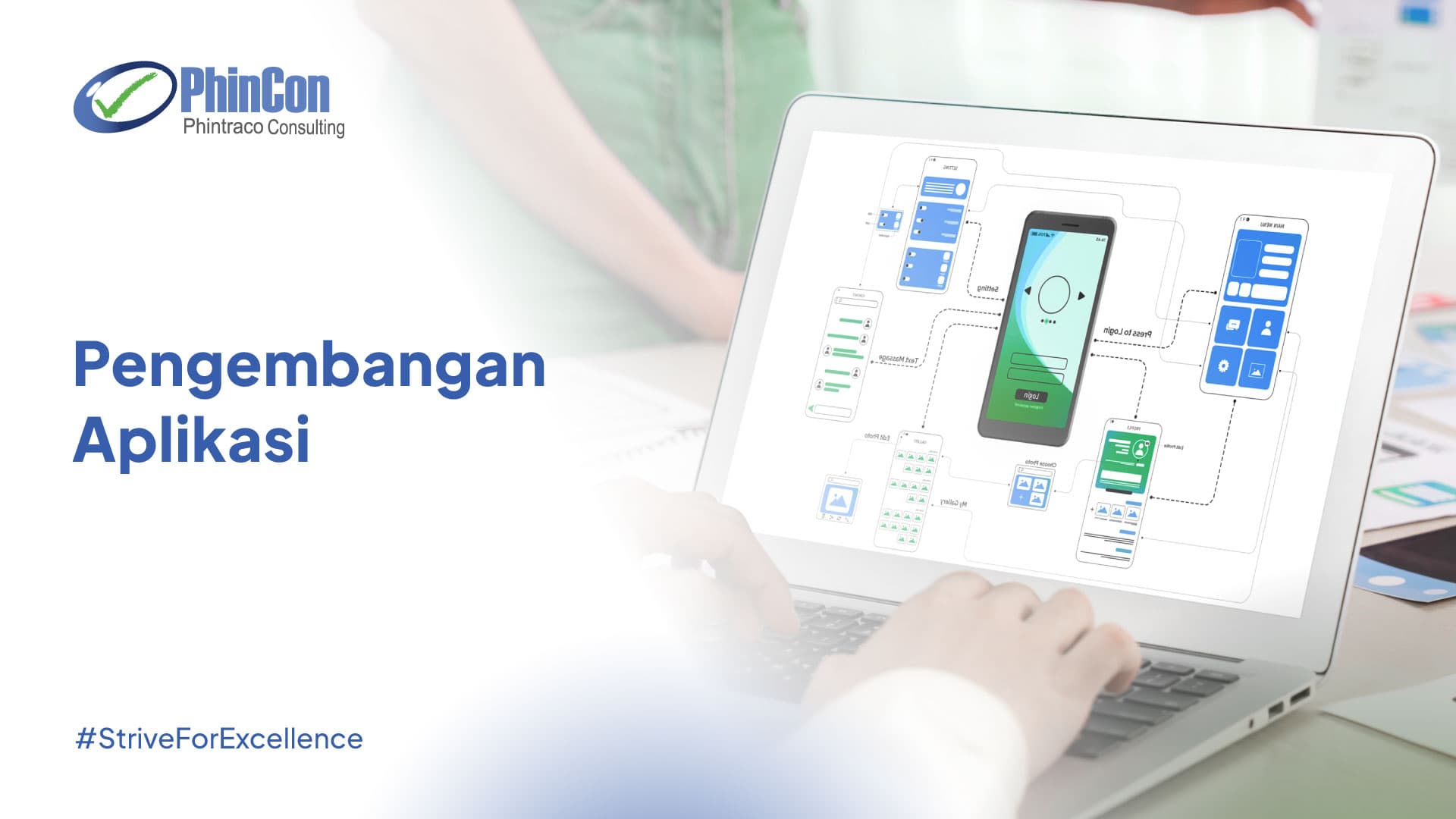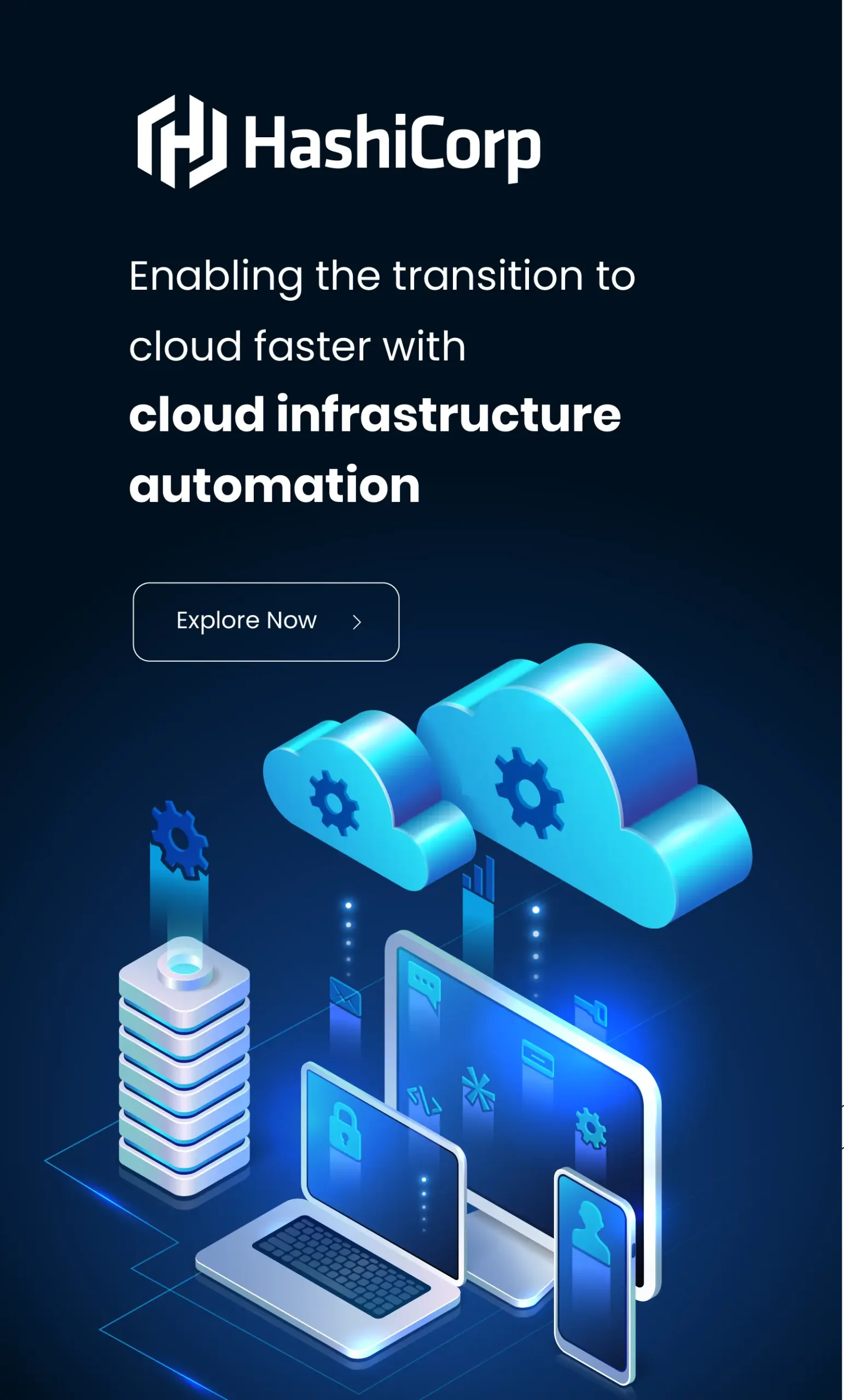Blog and News

Insurtech: How Technology Shapes the Future of Insurance
The insurance sector has existed for centuries, protecting against uncertain future events by guaranteeing payment or compensation to policyholders. As time passes, more advanced technologies are integrated into the insurance systems, creating InsurTech. As a combination of “insurance” and “technology,” this innovation leverages technologies such as AI, big data, and automation to enhance the development, sales, and management of insurance products.
InsurTech enables insurance to be faster, more accessible, and more personalized for both companies and customers. This demonstrates how InsurTech is a must-needed transformation that companies should adopt to stay relevant and competitive. Let’s explore the meaning of InsurTech with its benefits and challenges.
What Does Insurtech Mean?
InsurTech, short for insurance technology, refers to the application of innovative technologies to enhance and automate the traditional insurance industry. These technologies include artificial intelligence, big data analytics, blockchain, and machine learning. It aims to make insurance processes, such as pricing, underwriting, claims handling, and policy management, more efficient, faster, and customer-centric. By automating processes, enhancing risk assessment accuracy, and offering personalized coverage, InsurTech transforms the traditional insurance sector through modern digital solutions to meet evolving consumer demands.
What are The Examples of Insurtech?
To truly understand the implementation of InsurTech, here are some real-life examples of how technology is changing the insurance industry through InsurTech:
- Smart Contracts: Smart contracts are an InsurTech innovation that focuses on self-executing agreements on the blockchain. They automatically process claims and manage policies when certain conditions are met. They help speed up operations, eliminate intermediaries, and minimize human error.
- Embedded Insurance: Embedded insurance is the integration of insurance products directly into non-insurance platforms or services. It allows customers to purchase insurance seamlessly at the point of sale or during their routine transactions rather than buying standalone insurance policies. It’s widely adopted in fintech, mobility, healthcare, e-commerce, and other sectors.
- More Efficient Underwriting: AI’s prognostic power supports more efficient underwriting. It enables more accurate risk assessments and personalized pricing models by analyzing a large amount of data from various sources. It enhances underwriting by identifying hidden patterns, resulting in more precise risk evaluations and insurance plans tailored to each customer’s specific needs.
- AI and Machine Learning Integration: AI and machine learning continuously dominate various industries, including the insurance sector. These technologies automate routine tasks such as underwriting, claims processing, and risk modeling. The goal is to reduce processing time and costs while allowing insurers to handle larger volumes with fewer resources.
- AI-Powered Customer Service: AI chatbots and virtual assistants provide instant and efficient customer support. They can answer questions, help with policy applications, and process claims. AI-powered customer service aims to improve customer experience with quick response while allowing human agents to focus on more complex tasks.
What is The Difference Between Traditional Insurance and Insurtech?
Both traditional insurance and InsurTech share the same goal: protecting customers. However, InsurTech offers a more advanced approach in terms of customer experience, technology use, and operational efficiency than traditional insurance systems.
Traditional insurance relies on manual work, paperwork, and the involvement of agents or brokers. It often has longer claim processes, fixed policy options, and mainly in-person or phone interactions. These insurers prioritize long-term customers, offer broad coverage, and rely on established risk management practices.
On the other hand, InsurTech leverages advanced technologies such as AI, big data analytics, and automation to streamline underwriting, claims processing, and policy management. It offers faster claim settlements through automated digital processes, personalized policies via user-friendly digital platforms, and increased accessibility with online policy purchasing and management. Insurtech also enhances transparency, simplifies claims, and provides mobile and 24/7 digital access to insurance services, significantly improving customer experience.
Benefits and Challenges of Insurtech
While InsurTech offers greater efficiency and convenience, it also comes with new risks and complexities that the insurance sector must address. Let’s explore the benefits and challenges of InsurTech:
Benefits of InsurTech
- Improved Customer Experience: InsurTech provides fully digital experiences with quick claim processing, transparent pricing, personalized coverage, real-time updates, and easy self-service options. This can enhance customer satisfaction and lead to a better customer experience.
- Enhanced Operational Efficiency: InsurTech automates repetitive tasks, streamlines onboarding and policy issuance, and facilitates better decision-making through advanced data analytics. This reduces overhead costs significantly and allows employees to focus on more complex tasks.
- Faster Claims and Transparent Pricing: With InsurTech, claims processing is quicker and more transparent, enhancing customer satisfaction. Real-time updates and self-service portals make it easier for customers to manage their policies and claims.
- Enhanced Risk Assessment: By utilizing advanced analytics and predictive modeling, insurers can more accurately assess risks and set policy prices. This leads to improved risk mitigation strategies and smarter underwriting decisions.
- Cost Reduction: Digital transformation through InsurTech reduces operational expenses by automating manual tasks and optimizing resource utilization. It also reduces fraud risks through better data analysis, minimizing financial losses.
Challenges of InsurTech
- Legacy Systems and Technological Gap: Many insurance companies continue to use outdated systems that hinder innovation, increase costs, and delay digital transformation. Moving to modern cloud platforms is challenging and costly, and the scarcity of skilled AI and tech experts exacerbates the difficulty in maximizing the benefits of new technology.
- Cybersecurity Risks: The increased digital adoption associated with InsurTech may introduce new cybersecurity threats due to the interconnected systems and cloud platforms. To protect sensitive data and maintain trust, insurance companies must integrate robust cybersecurity measures and offer services such as identity theft protection.
- Regulatory Issues: Insurance is highly regulated. Established insurance companies are cautious about adopting InsurTech due to the legal and compliance burdens associated with it. Privacy concerns also arise from extensive data collection by tracking devices and AI tools.
- Cultural Resistance: Balancing innovation with stable operations is a challenging task. Traditional insurance companies may struggle to modernize legacy cultures while integrating new working methods. Aligning goals and expectations in InsurTech adoption can be difficult.
- Customer Adoption Challenges: InsurTech must deliver actual customer value. Innovations such as embedded insurance or AI chatbots risk being costly or unwanted if customers prioritize price or prefer traditional interactions. It is crucial to ensure InsurTech adds choice or convenience that customers like.
Outsource Your Insurtech Development with PhinCon
Successful InsurTech adoption requires not only the right technology but also the right experts. PhinCon offers comprehensive, end-to-end IT outsourcing solutions designed to help businesses embrace InsurTech innovation. Whether your company is planning to expand operations to Indonesia or seeking skilled remote IT professionals, PhinCon offers a streamlined approach to accessing top local talent without the complexity of internal resource management.
Our services encompass the entire process, from sourcing and screening to recruitment, salary, and benefits management. In addition to our IT outsourcing services, we also offer headhunting services for companies seeking local IT experts. Our IT roles include Android Developer, iOS Developer, Fullstack Developer, Golang Developer, Mobile Developer, Quality Assurance, DevOps, Business Analyst, Solution Architect, Project Manager, L2 Operations Support, and more. Supported by our extensive partner network, a large talent database, and graduates from the PhinCon Academy IT Bootcamp, our dedicated Resource Management Team ensures a fast turnaround and reliable results.
For more information about our IT outsourcing solutions, please contact us at sales.sg@phincon.com.
Editor: Trie Ayu Feminin & Irnadia Fardila
Popular Posts





